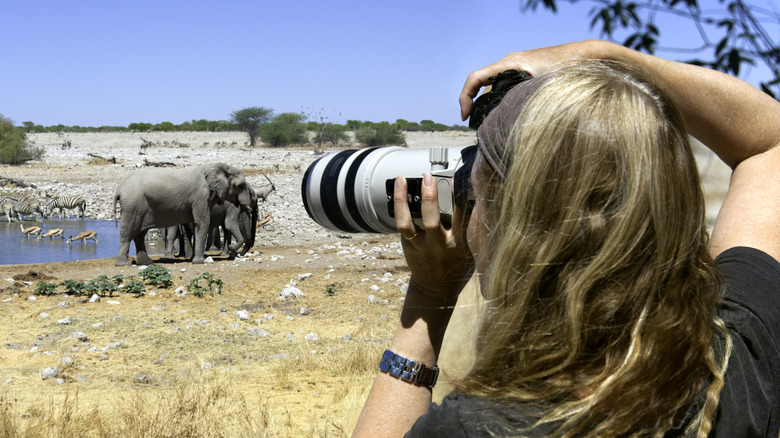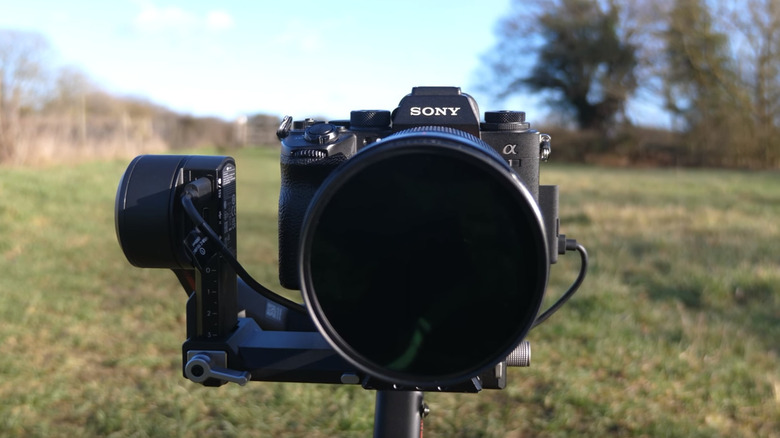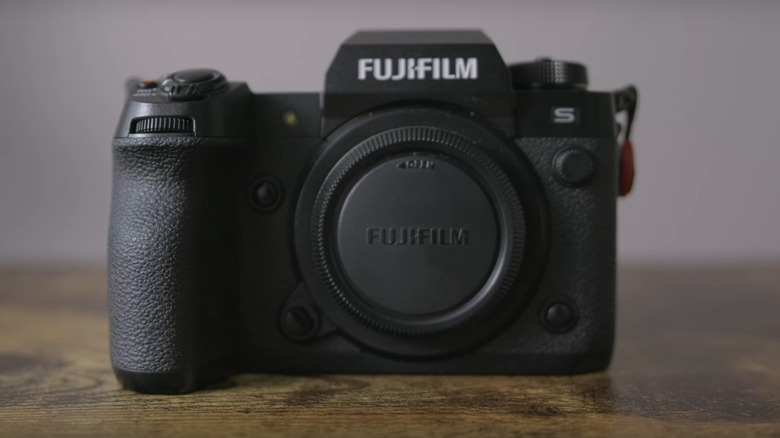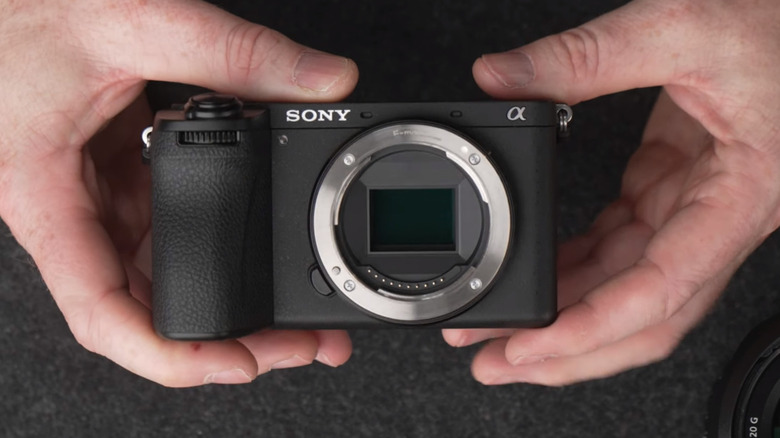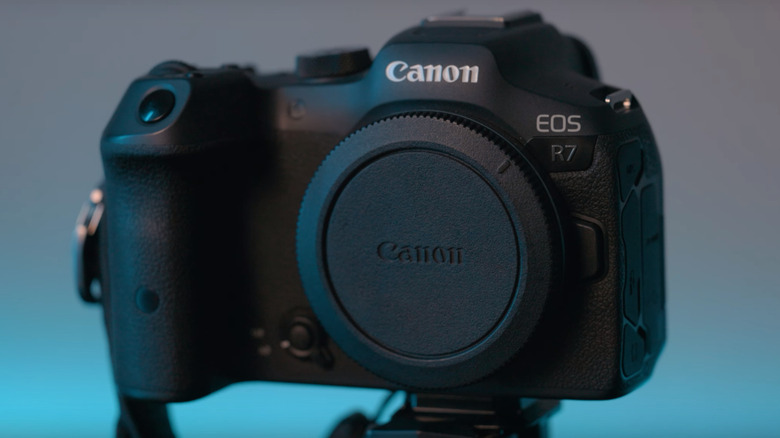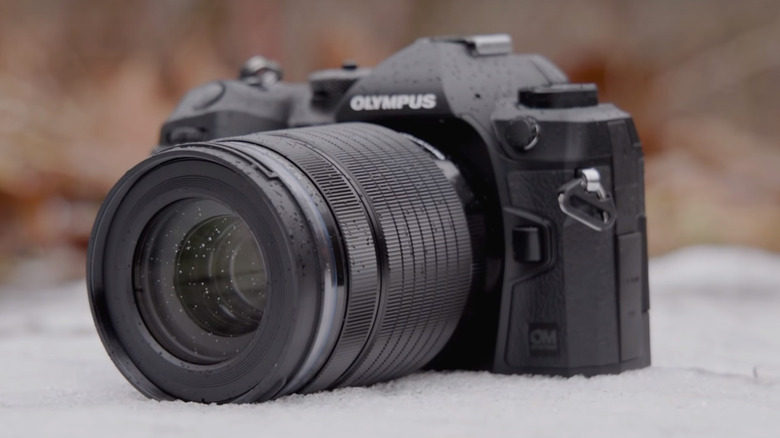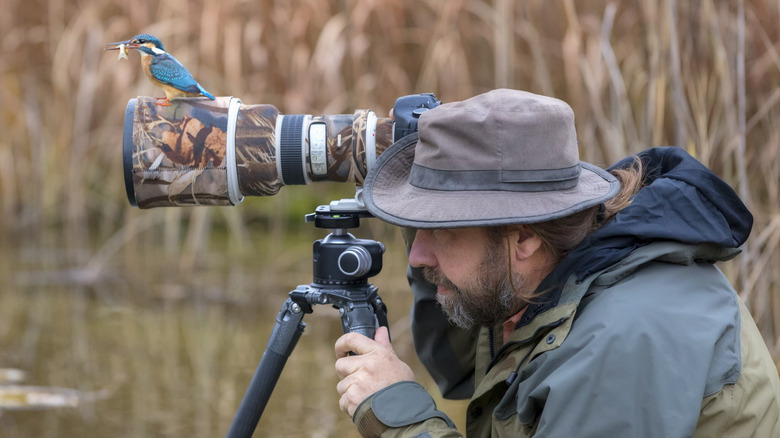Top 5 Cameras For Wildlife Photography
We may receive a commission on purchases made from links.
There's something magical about getting the perfect shot of an animal in action. Catching a bird in flight, a cheetah running, or even a lion yawning is a feat that sometimes takes hours to get right. Unfortunately, there are times when it's all for nothing if your camera can't help you bring the image to life. That's why it's important to have the right one to capture the exact photo you need.
There are a lot of different aspects to a camera, and you should understand the basics of all of them before you can fully make an educated decision about which one is right for you. This means that sometimes, it doesn't actually come down to a clear winner for everyone. It depends a lot on what you're looking for and the exact settings you need and want. Whether you're wanting to head out to some of the best spots for your next trending wildlife getaway, or you're just looking to take photos of some local animals near you, you need the right equipment to make your snapshots count. These five cameras are great options and have settings and features that make them perfect for most wildlife photographers, even beginners.
No matter what camera you choose, it's important to remember to always be cautious of wildlife when you're taking photos. Even the cutest animals can pose a serious danger if you make them feel trapped or cornered. After all, you may be surprised by the animal responsible for the most US deaths – the ever-charming deer.
Sony A1
Like with all photography, you need to make sure you have more than just the right camera. Taking the perfect shot of wildlife follows very similar tips for getting the perfect picture of the Northern Lights, including using a tripod, the right lens, and taking time to adjust your settings perfectly. While a good camera can definitely help, if you are shaky, don't have the lens you need, or never mess with the camera's settings, it's not going to be enough to create a high quality image.
However, the Sony A1 is a good camera to choose as a base. It's flexible. While other Sony cameras offer great qualities that make them great options for general wildlife photography, the A1 is the one you want if you need to take photos of fast-moving animals and birds. It has a stacked sensor and high burst rates that make it possible to take several photos in a limited amount of time.
The team at Tanda Afrika Safari Company had this to say about the camera and its use for animal photography. "The Sony A1 is a sensational piece of camera equipment. It is in my humble opinion the best camera ever built for wildlife photography. I've been photographing for many years now and I have shot with the best cameras to date. My work as a wildlife photographic guide means I have to be proficient at most camera systems. Nothing compares to what I've found in the Sony A1."
Fujifilm X-H2S
One of the benefits of this Fujifilm camera is that it has a lot of customization options. There are buttons users can configure, as well as a customizable Q menu. When talking about the configuration of the X-H2S camera, Michal Krause, a wildlife photographer, found the system to have a nice design. "Overall, I think this is a very well-thought-out control system. From a wildlife photographer's perspective, perhaps my only objection is that the mode/preset dial is located on the left side of the camera. The left hand usually has to support the telephoto lens, so switching modes means releasing the hold on the grip and reaching the dial with the right hand."
The camera is made to take a lot of photos — and quickly. It will produce plenty of focused, and high-quality images to make sure you get the perfect shot. It also offers continuous shooting at 40 frames per second. Normally, this is probably a bit excessive, but it's a great option for fast-moving animals or birds. It can even help capture the wings of hummingbirds in action without them just being a blurry mess.
The design can take a little time to adjust to, especially if you've used other camera styles before. For example, going from focusing with a half-press to an actual shot requires only the tiniest amount of pressure, which means you may end up taking photos far too early and missing a more opportune shot. Still, as you adjust to the camera, it's easy to get used to this problem.
Sony A6700
If you want to make sure your photo quality is always as crisp and clear as possible, the Sony A6700 is a reliable contender. It can autofocus onto birds at great distances, and, even at maximum range, the images come out in perfect detail. Cropping photos also doesn't change the quality much, meaning you can focus on the exact picture you want, when you want, without having to worry about poor or grainy images.
As Gary Gray of Gray Photography says, "The A6700 was able to lock on to the bird and found the bird's eye and continued to track the bird until I quit firing off shots. This was quite impressive. The focus is good and tracking was dead on at over 200 yards distance." From birds to walking deer, the A6700 does a great job of staying focused on the target, making sure the object you're focusing on is always fully visible. With the right lens, it's easy to get a photo of almost any animal and have it come out stunning. Having a camera that can handle long-distance photos, especially with the right lens, is important so you can keep safely away from some of the tiny animals you'll encounter on a hike that are just as cute as they are dangerous.
There are some problems though. It doesn't do the best at twilight hours. Additionally, the camera is quite a bit different from other Sony lines and other brands. It takes some adjustments, including where the viewfinder is, the buttons, and the grip size. Also, because of the sheer number of settings and the fine-tuning it needs to have the images turn out just right, it might be a little difficult for beginners to use.
Canon Eos R7
The Canon EOS R7 has a lot going for it, and it stands out even among others in the line, including the R3 and R5 by the same company. One Reddit user PineholeR5, broke down many of the differences between the three, owning all of them, and why they preferred the R7 in certain situations, especially when it comes to using the auto-focus. "The AF is great! Not the same as the R3, but the same AF framework and flexibility. I find it to work very well. I got it to pair with the R3 for wildlife and it does an excellent job. Better than the R5 for that application as it has a larger pixel density and the same AF framework (i.e., setting options). The R5 is a bit different and it is tricky when switching between the two." While it isn't the perfect camera, the autofocus is incredibly powerful and it almost feels like your equipment is doing a majority of the work for you.
Some people were hesitant to use the camera for wildlife as it doesn't have a full frame, which is often essential for getting photos of wild animals due to its strength when taking low-light images. However, though there are some cameras that are better, the R7 doesn't lack much in terms of light quality. It has a pretty great performance. As Redditor PineholeR5 states, "The R7 has good low-light performance and holds its own in high ISO situations. Not as good as the R3, but close to the R5 in that regard. IBIS also works well and I have been able to get keepers at low shutter speeds. Of course the lens IS also impacts performance, but I find the IBIS works well in conjunction with the lens IS."
Olympus OM-1
This camera was promoted by David Lloyd, a nature and wildlife photographer. He tends to have more of an affinity for black-and-white photos, though he also does color. On his website, he discussed his favorite cameras, some newer, and a few older. The Olympus OM-1 is just the newest of his favorites. "I also have several older cameras including a 40-year-old Nikon F3. It's a film camera first made in 1980 and I think it may be one of the best cameras made. My favourite film camera in 2023 is an all-manual Olympus OM-1."
There are a few key points that make this an ideal one, and a worthy contender next to the big three of camera companies; Canon, Nikon, and Sony. For one, it's able to handle some pretty serious outdoor conditions, with an IP53 rating. Weatherproofing is important. After all, you don't want to miss the perfect shot because of a little rain. Having a camera that can handle a bit of salt and water is one of several important preparation tips to make sure your whale-watching adventure is a success, but it's important for many different parts of wildlife photography as well.
Beginners will find that the menu and settings make a fair amount of sense, and it goes an extra step with not only telling you that an option is not available, but breaking down why it isn't usable. It also produces high-resolution images at a pretty impressive speed, making it easier to keep shooting. Another reason why the Olympus OM-1 is so great is that it has a feature to help it nail bird photography or capture fast-moving animals, thanks to its impressive autofocus and snapshot speeds.
Methodology
There is no easy way to pick the best camera for wildlife photography. A lot of it comes down to what kind of animal you are photographing, the environments you're going to be trying to shoot in, and what exactly you want from your camera. For example, you need something with great autofocus and fast shutter speeds to get a crisp photo of the largest and rarest birds in all of North America.
That's why, sometimes searching online and looking only at the specs on a camera isn't enough. You need first-hand reviews and experiences to really tell you all of the perks and quirks of the camera you may be buying, especially if you're going to be spending a couple of thousand dollars on an instrument.
All of the cameras above were recommended by wildlife photographers, whether full-timers or recreationalists who don't have quite the money they need to splurge on a top-of-the-line camera. These recommendations came in the form of TikTok reviews, blog posts, YouTube videos, and Reddit.
